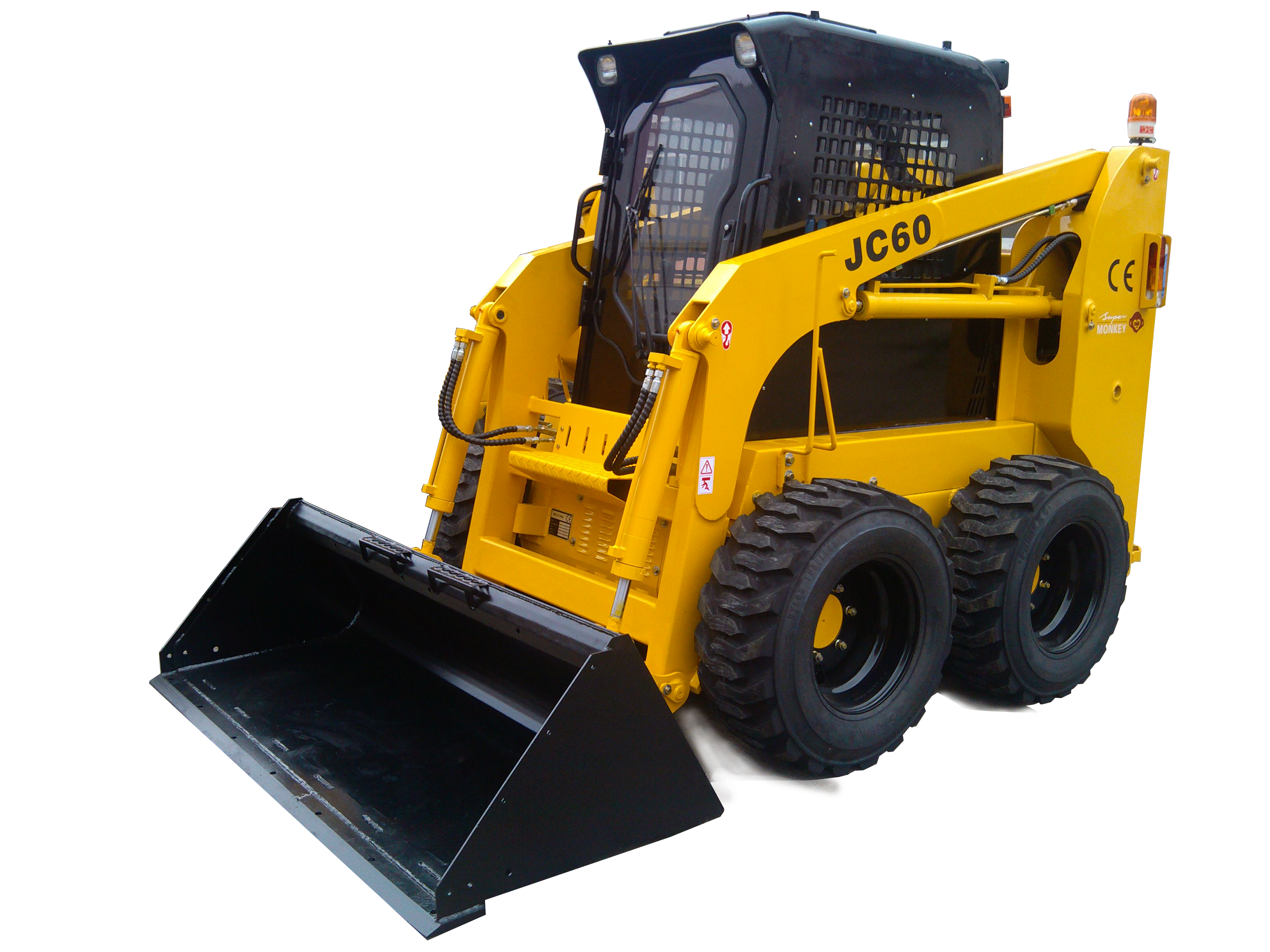Views: 94 Author: Site Editor Publish Time: 10-03-2020 Origin: Site











What’s the heaviest thing you’re going to lift?
Lifting is often the most taxing work that a skid steer or compact track loader will perform and its greatest measure of capacity. We recommend selecting a machine with a rated operating capacity (50 percent of tipping load) that accounts for that heaviest common lifting task – and then some.
If you know the heaviest pallet you ever lift is 2,000 pounds, consider something at 2,100 or 2,200 or even 2,500 pounds. If you work in hardscapes or other construction applications where you’re regularly lifting pallets of pavers, retaining wall block or fieldstone, those pallets can weigh anywhere from 1,000 to more than 3,000 pounds. Don’t buy yourself short.
The interaction between horsepower and rated operating capacity is also important. Greater horsepower will typically allow for faster cycle times and make it possible for the machine to get to required pressures and flows faster – and maintain them more easily. For example, an operator may have a skid steer rated at 2,700-pounds that's 74 horsepower. If they charge into a pile and try to take a full scoop while moving forward at full speed, there may be some hydraulic stall.
If a skid steer rated at 2,700-pounds with 90 horsepower performs the same task, there's going to be less lag and less stall. The false perception is that you can lift more with the greater horsepower machine, whereas they will actually lift the same. Horsepower also helps with any kind of multi- function that is going on with the machine, such as attachment use, driving and lifting at the same time, or prying with the bucket while the ground drive is engaged at full speed.
Another important spec to monitor is torque.
Greater torque gives the operator more ability to power through resistance. It also aides in multifunctional performance and keeps the ground drive moving forward when it encounters resistance – all leading to greater, more powerful performance.
SELECTING THE RIGHT AUXILIARY HYDRAULICS
A skid steer’s auxiliary hydraulic system provides the hydraulic flow that drives the machine’s attachments. The thing to remember is that not all attachments have the same hydraulic flow requirement.
Standard-flow auxiliary hydraulics
The most common system is the standard-flow auxiliary hydraulics package. Although flow rates differ by manufacturer and skid steer model, the flow rate of a standard-flow system ranges from 17.5 to 24.2 gallons per minute (gpm)[1].
Standard-flow auxiliary hydraulics are included on all skid steers from the factory and operate on the same pressure that the machine’s main hydraulics operate on, which is approximately 3,000 pounds per square inch (psi). A standard-flow system powers many of the most common hydraulic attachments on the market, such as 4-in-1 buckets, hydraulic hammers, augers, trenchers and grapples.
High-flow auxiliary hydraulics
A high-flow auxiliary hydraulics system is a second option that further increases a skid steer’s versatility and productivity. As with standard-flow, it operates on the same pressures (approximately 3,000 psi) the main hydraulic circuits operate on. The flow rate, however, ranges from 30.7 to 37.6 gpm.
A high-flow system can be factory-installed as an option or installed later in the field. It powers production-type attachments that require a high flow rate to perform as specified. Examples include cold planers, many snow blowers, rock saws, small mulchers, and chipper/shredders.
When even more hydraulic power is required, an enhanced high-flow auxiliary hydraulics package is available. This high-performance option has flow rates that are similar to a skid steer with a high-flow package, yet it operates up to 4,000 psi. Examples of attachments that require an enhanced high-flow system include larger cold planers, larger mulchers used to clear brush and small trees, and a large rock saw you might find in an aggregates operation.
Also available is a secondary auxiliary hydraulics system for applications that require multiple hydraulic movements simultaneously. This would include the side shift function on a cold planer or stump grinder, snow blower for direction change on the chute, or a tree spade with down riggers.